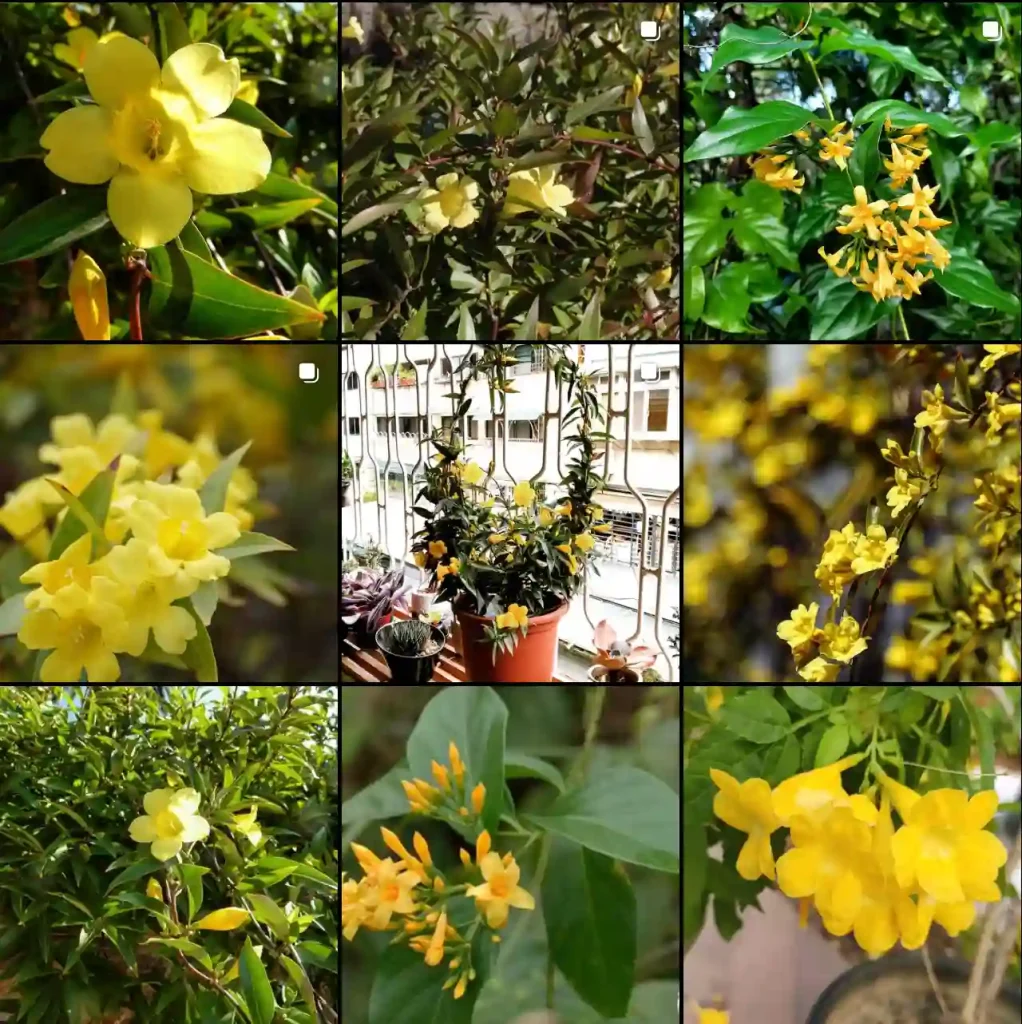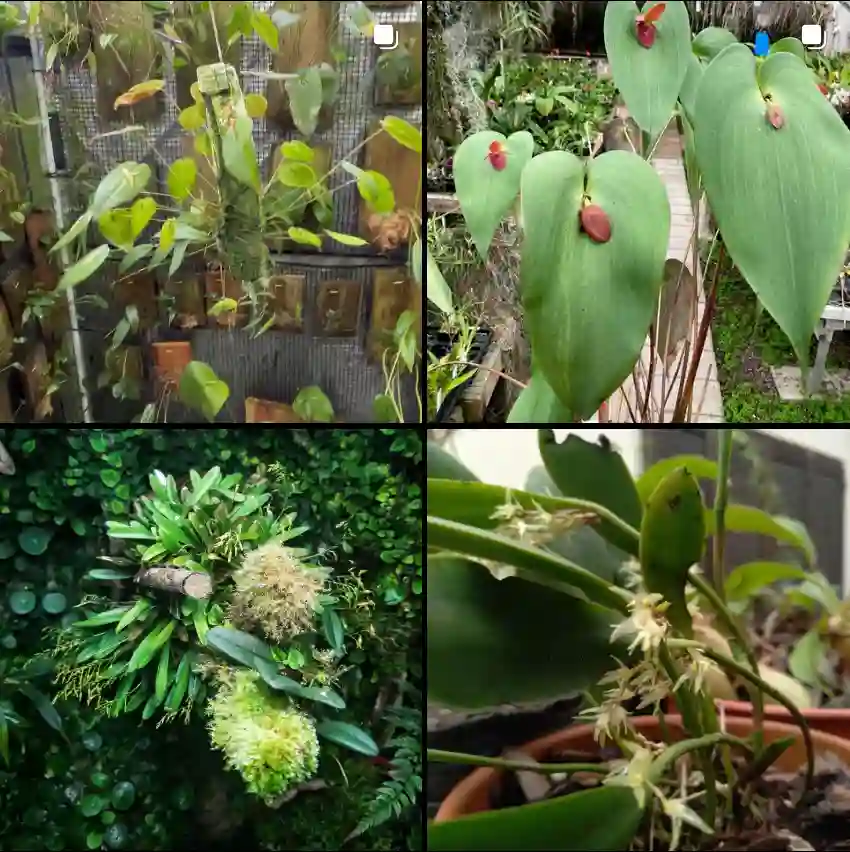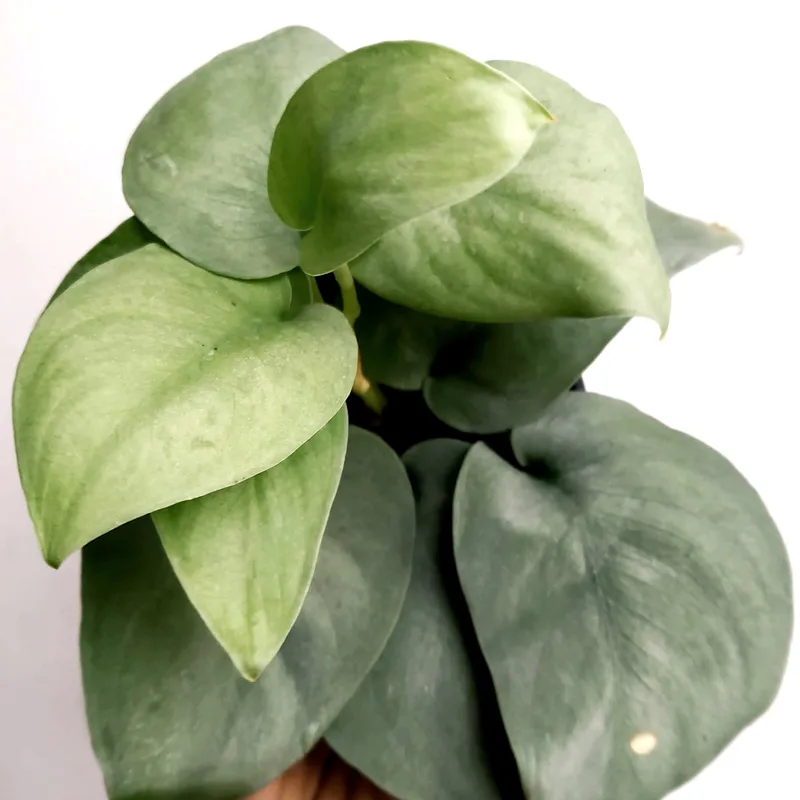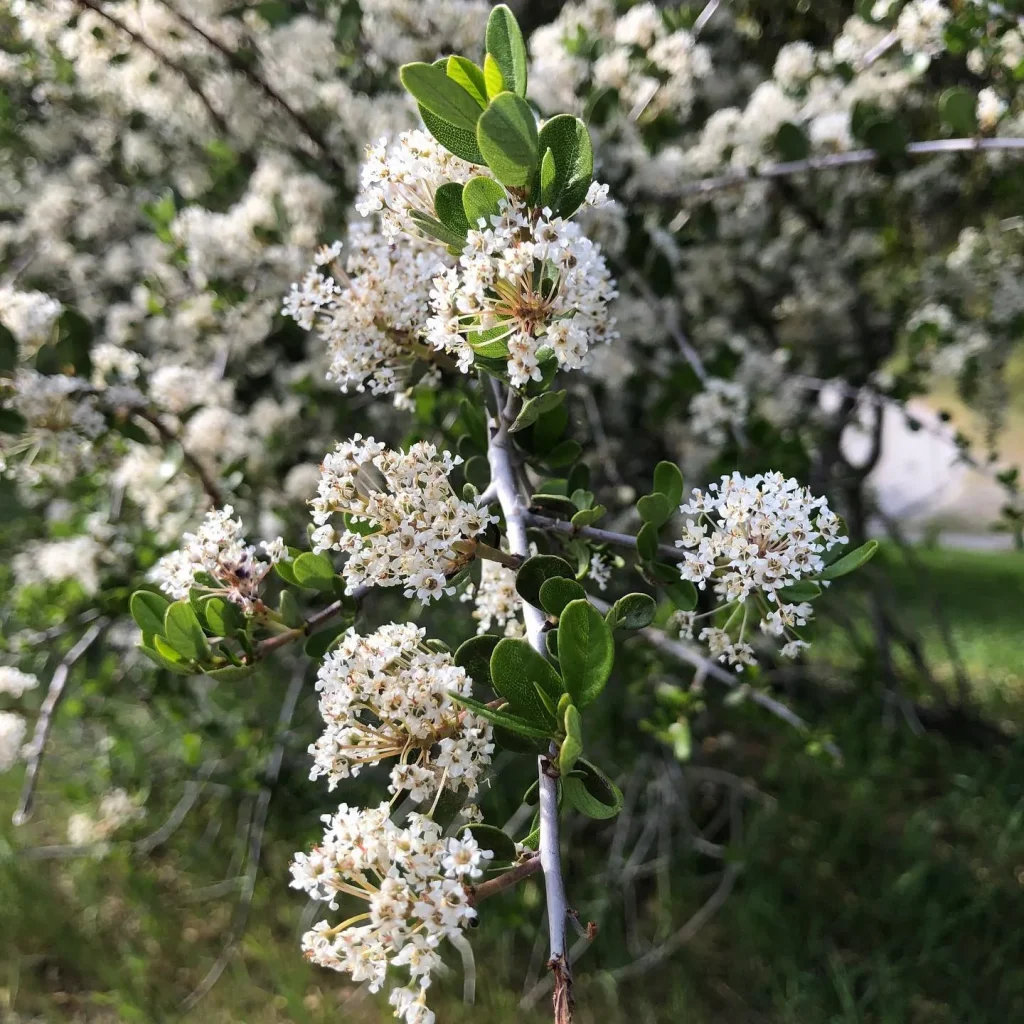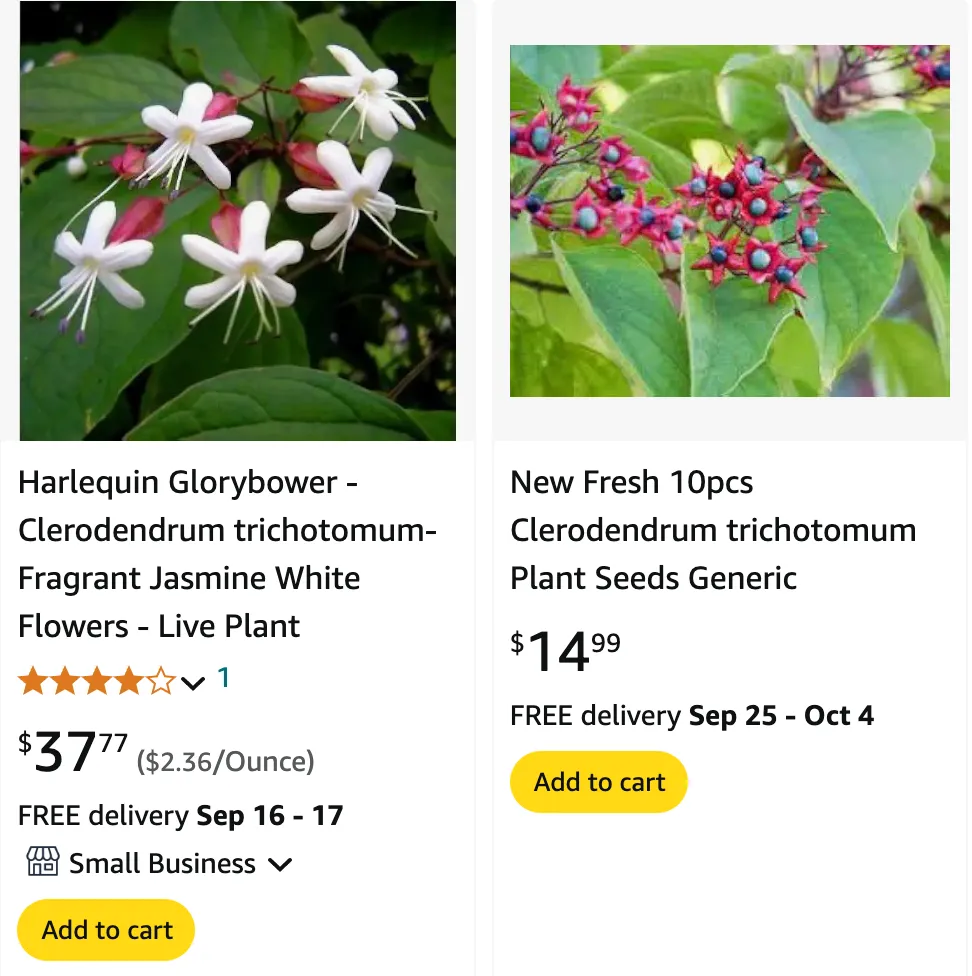
FAQs About Clerodendrum Trichotomum
As someone who’s grown and cared for Clerodendrum Trichotomum, I’ve fielded many questions about this intriguing plant. Whether you’re a budding gardener or just curious, here’s a comprehensive guide to help you understand and care for Clerodendrum Trichotomum, also known as the Harlequin Glorybower or the Three-Flowered Clerodendrum.
239 Species in Genus Clerodendrum
How Do You Prune Clerodendrum Trichotomum?
Pruning Clerodendrum Trichotomum is essential for maintaining its shape and encouraging healthy growth. I usually start by trimming the plant in late winter or early spring before new growth begins. This timing ensures that the plant has ample opportunity to recover and flourish during the growing season.
Begin by removing any dead or damaged branches. This helps prevent disease and encourages the plant to focus its energy on new growth. Next, trim back any overly long or unruly stems to maintain a balanced shape. I find that cutting back about one-third of the plant’s size is effective for promoting dense foliage and more vibrant blooms. Additionally, regular pruning helps keep the plant from becoming too leggy and maintains its attractive appearance.
Is Clerodendrum Trichotomum Poisonous?
One common concern with Clerodendrum Trichotomum is whether it’s poisonous. Fortunately, this plant is not considered highly toxic to humans or pets. However, it’s always wise to keep any plant out of reach of small children and pets, as ingestion of large quantities could potentially cause mild digestive upset. For most, Clerodendrum Trichotomum is a safe choice for garden or indoor use.
When to Move a Clerodendrum Trichotomum?
If you’re considering relocating your Clerodendrum Trichotomum, timing is crucial. The best time to move this plant is during its dormant period, which is typically in late winter or early spring. Transplanting during this time minimizes stress and allows the plant to establish itself in its new location before the growing season begins.
When moving Clerodendrum Trichotomum, choose a new spot that offers plenty of sunlight and well-draining soil. Prepare the new planting hole before removing the plant from its current location to ensure a smooth transition. Water the plant thoroughly after transplanting to help it settle in and reduce transplant shock.
Where to Buy Clerodendrum Trichotomum?
Finding Clerodendrum Trichotomum can be an exciting adventure. You can purchase this plant from various sources, including local nurseries, garden centers, and online retailers. When buying online, look for reputable sellers who specialize in rare or exotic plants. Websites like Etsy and specialty plant shops often carry Clerodendrum Trichotomum, sometimes even offering different varieties.
If you prefer to shop locally, visit nurseries that carry a diverse selection of plants. Calling ahead to check if they have Clerodendrum Trichotomum in stock can save you time. Additionally, plant swaps or gardening clubs can be excellent resources for finding this unique plant.
How to Care for Clerodendrum Trichotomum?
Caring for Clerodendrum Trichotomum involves providing it with the right environment and regular maintenance. This plant thrives in full sun to partial shade and prefers well-draining soil. Regular watering is important, especially during the growing season. However, be cautious not to overwater, as this can lead to root rot.
Fertilizing Clerodendrum Trichotomum once a month during the growing season with a balanced fertilizer helps promote robust growth and vibrant blooms. In winter, reduce feeding and allow the plant to rest.
How to Propagate Clerodendrum Trichotomum?
Propagating Clerodendrum Trichotomum can be an enjoyable process. You can propagate this plant through cuttings taken in late spring or early summer. Choose healthy, non-flowering stems and cut them to about 4-6 inches in length. Remove the lower leaves and dip the cut ends in rooting hormone. Plant the cuttings in a pot filled with a mix of peat and perlite, keeping them in a warm, humid environment.
Water the cuttings regularly and keep them in indirect light. In a few weeks, you should see roots forming. Once the cuttings are well-rooted, they can be potted up and cared for like mature plants.
What to Plant With Clerodendrum Trichotomum?
When choosing companion plants for Clerodendrum Trichotomum, consider those with similar light and soil requirements. Plants like hydrangeas, hostas, and ferns make excellent companions. Their different textures and colors can complement the striking blooms of Clerodendrum Trichotomum, creating a lush, dynamic garden space.
Can You Grow Clerodendrum Trichotomum Indoors?
Growing Clerodendrum Trichotomum indoors is possible, though it may require some extra care. Ensure the plant receives ample light, ideally from a south or west-facing window. Indoor humidity can be lower than outside, so consider using a humidity tray or misting the plant regularly to keep it healthy.
Common Problems with Clerodendrum Trichotomum
While Clerodendrum Trichotomum is generally resilient, it can encounter a few issues. Watch out for common problems like spider mites, which can be controlled with insecticidal soap. Leaf drop may occur if the plant experiences sudden changes in temperature or watering practices. Regular monitoring and proper care can help mitigate these issues.
Compare with Similar Plants
If you’re considering alternatives to Clerodendrum Trichotomum, you might look at other flowering shrubs like the Abelia or the Buddleia. Both offer attractive blooms and are relatively easy to care for, though they differ in their specific needs and growth habits.
In conclusion, Clerodendrum Trichotomum is a fascinating plant with its unique flowers and manageable care requirements. Whether you’re pruning, moving, or simply enjoying its beauty, I hope this guide helps you make the most of your Clerodendrum Trichotomum experience.
If i die, water my plants!
